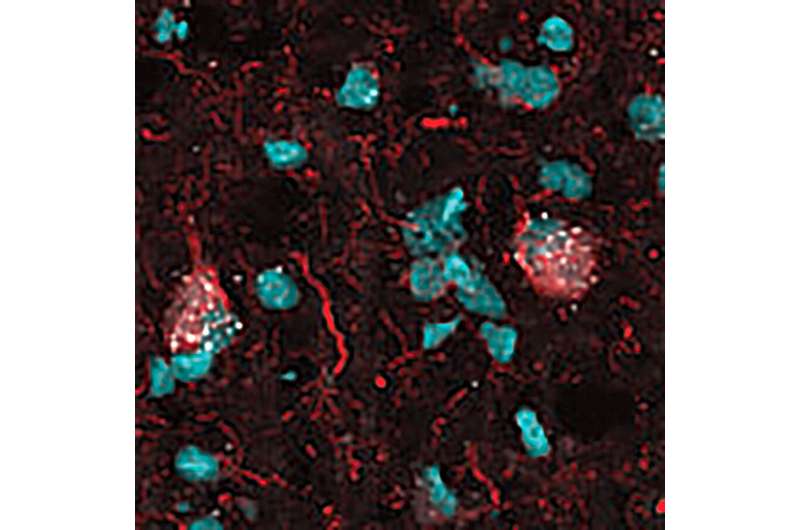
For the first time, scientists have identified a rare population of potentially toxic senescent cells in human brains that can serve as a target for a new Alzheimer’s disease treatment.
The study, published in the Dec.10 edition of the journal Nature Aging, was led by Miranda Orr, Ph.D., assistant professor of gerontology and geriatric medicine, at Wake Forest School of Medicine…



























